Deyang Duan
Turbulence-free computational ghost imaging
Apr 01, 2022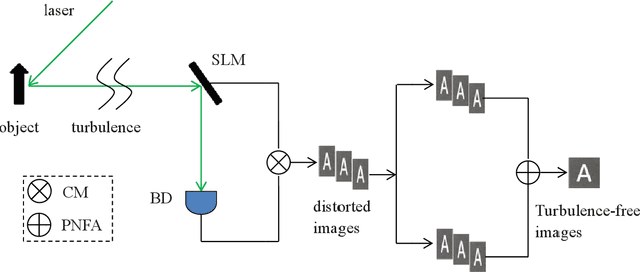
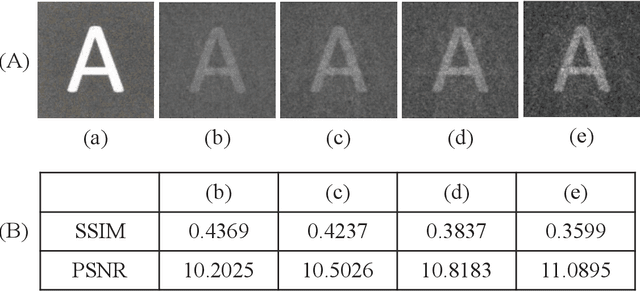
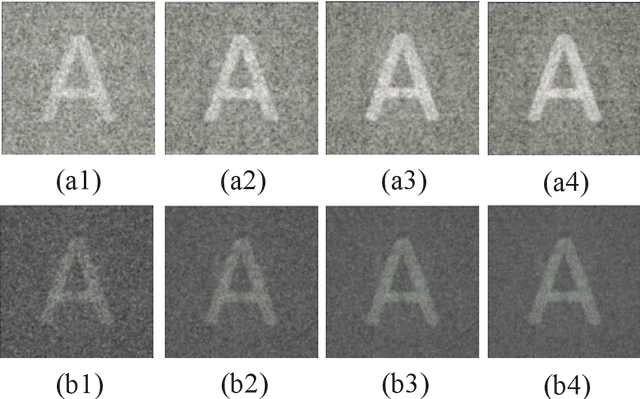
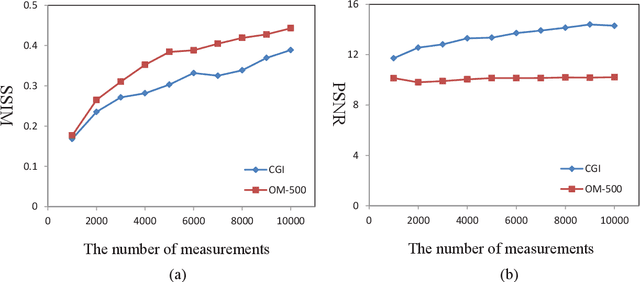
Abstract:Turbulence-free images cannot be produced by conventional computational ghost imaging because calculated light is not affected by the same atmospheric turbulence as real light. In this article, we first addressed this issue by measuring the photon number fluctuation autocorrelation of the signals generated by a conventional computational ghost imaging device. Our results illustrate how conventional computational ghost imaging without structural changes can be used to produce turbulence-free images.
Can a conventional optical camera realize turbulence-free imaging?
Sep 09, 2021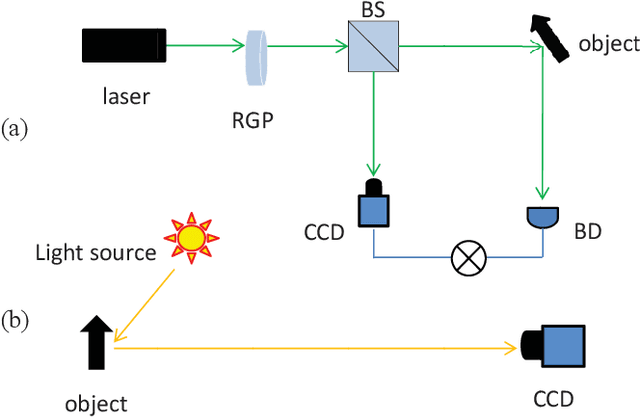

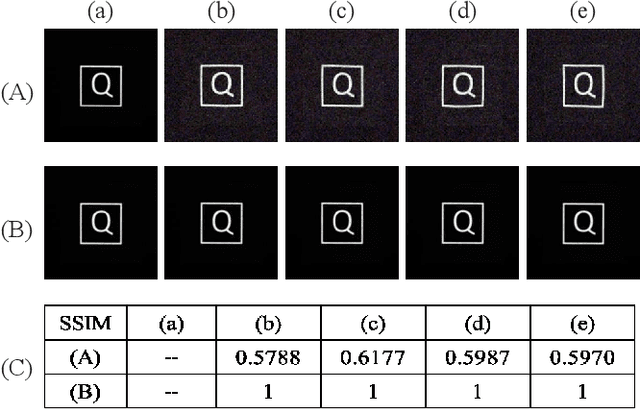
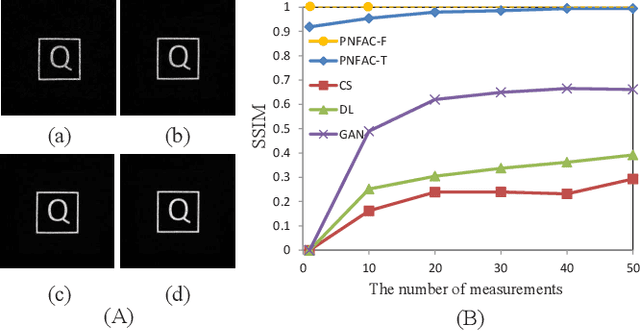
Abstract:Atmospheric turbulence is a serious problem for traditional optical imaging, especially for satellite and aircraft-to-ground imaging. Here, we report a novel and practical phenomenon in which turbulence-free images can be reconstructed on a conventional optical camera based on the accumulation of sunlight intensity and photon number fluctuation autocorrelation. Different from conventional ghost imaging, this method can obtain turbulence-free images, and its imaging speed is comparable to that of traditional optical imaging. Moreover, by adding photon number fluctuation autocorrelation algorithm software, almost all optical cameras, including mobile phone cameras, can realize this function without changing the structure of the original camera.
Turbulence-immune computational ghost imaging based on a multi-scale generative adversarial network
Jul 14, 2021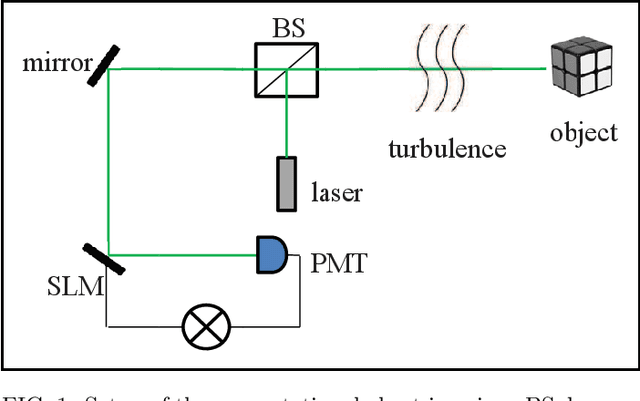
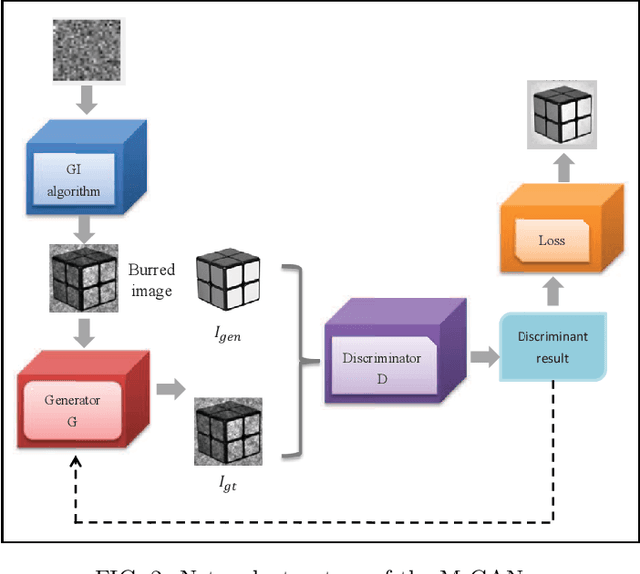
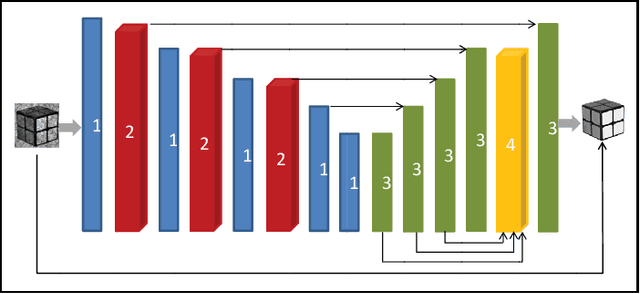
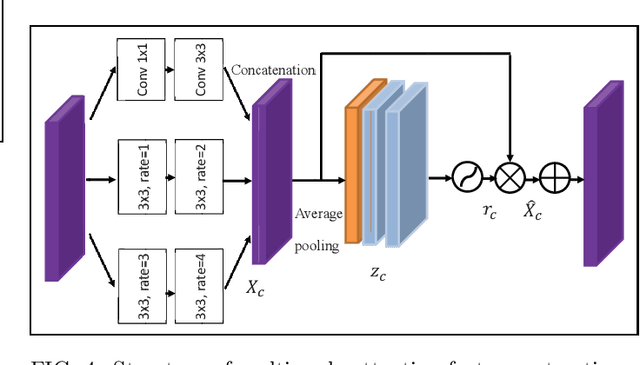
Abstract:There is a consensus that turbulence-free images cannot be obtained by conventional computational ghost imaging (CGI) because the CGI is only a classic simulation, which does not satisfy the conditions of turbulence-free imaging. In this article, we first report a turbulence-immune CGI method based on a multi-scale generative adversarial network (MsGAN). Here, the conventional CGI framework is not changed, but the conventional CGI coincidence measurement algorithm is optimized by an MsGAN. Thus, the satisfactory turbulence-free ghost image can be reconstructed by training the network, and the visual effect can be significantly improved.
True color night vision correlated imaging based on intensity correlation of light
Jan 30, 2021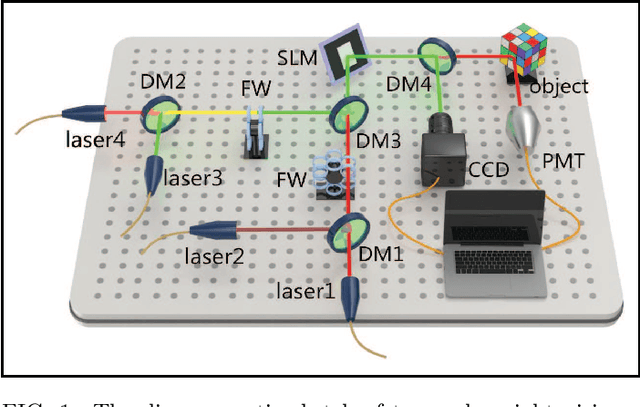
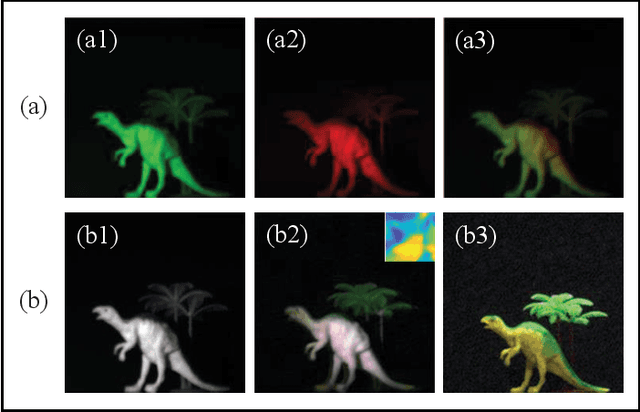
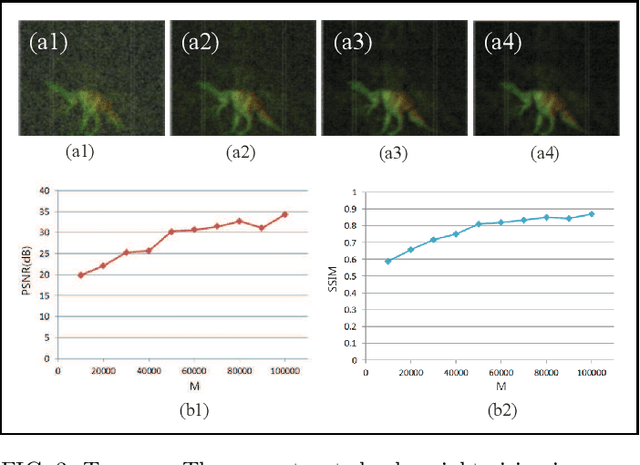
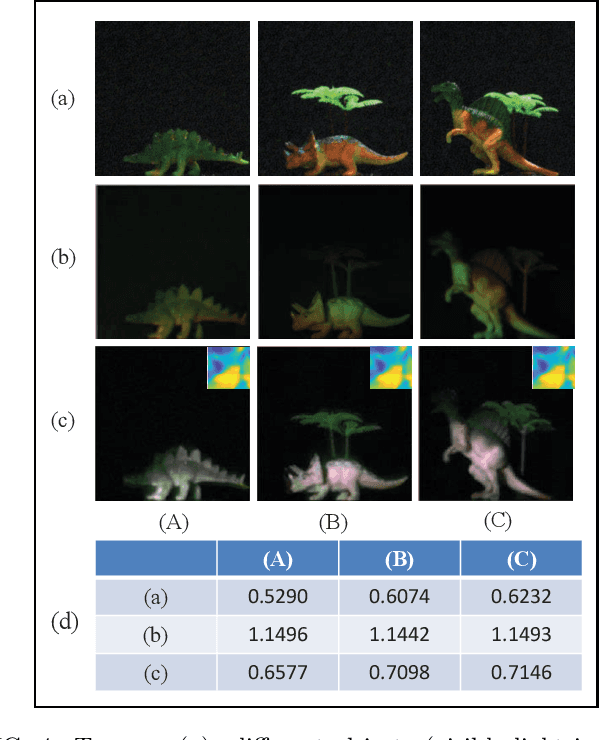
Abstract:Night vision imaging is a technology that converts non-visible object to human eyes into visible image in night and other low light environments. However, the conventional night vision imaging can only directly produce grayscale image. Here, we propose a novel night vision imaging method based on intensity correlation of light. The object's information detected by infrared non-visible light is expressed by visible light via the spatial intensity correlation of light. With simple data processing, a color night vision image can be directly produced by this approach without any pseudo-color image processing. Theoretical and experimental results show that a color night vision image comparable to classical visible light imaging quality can be obtained by this method. Surprisingly, the color colorfulness index of the reconstructed night vision image is significantly better than that of the conventional visible light image and pseudo-color night vision image. Although the reconstructed image can not completely restore the natural color of the object, the color image obtained by this method is more natural sense than that obtained by other pseudo-color image processing methods.
 Add to Chrome
Add to Chrome Add to Firefox
Add to Firefox Add to Edge
Add to Edge